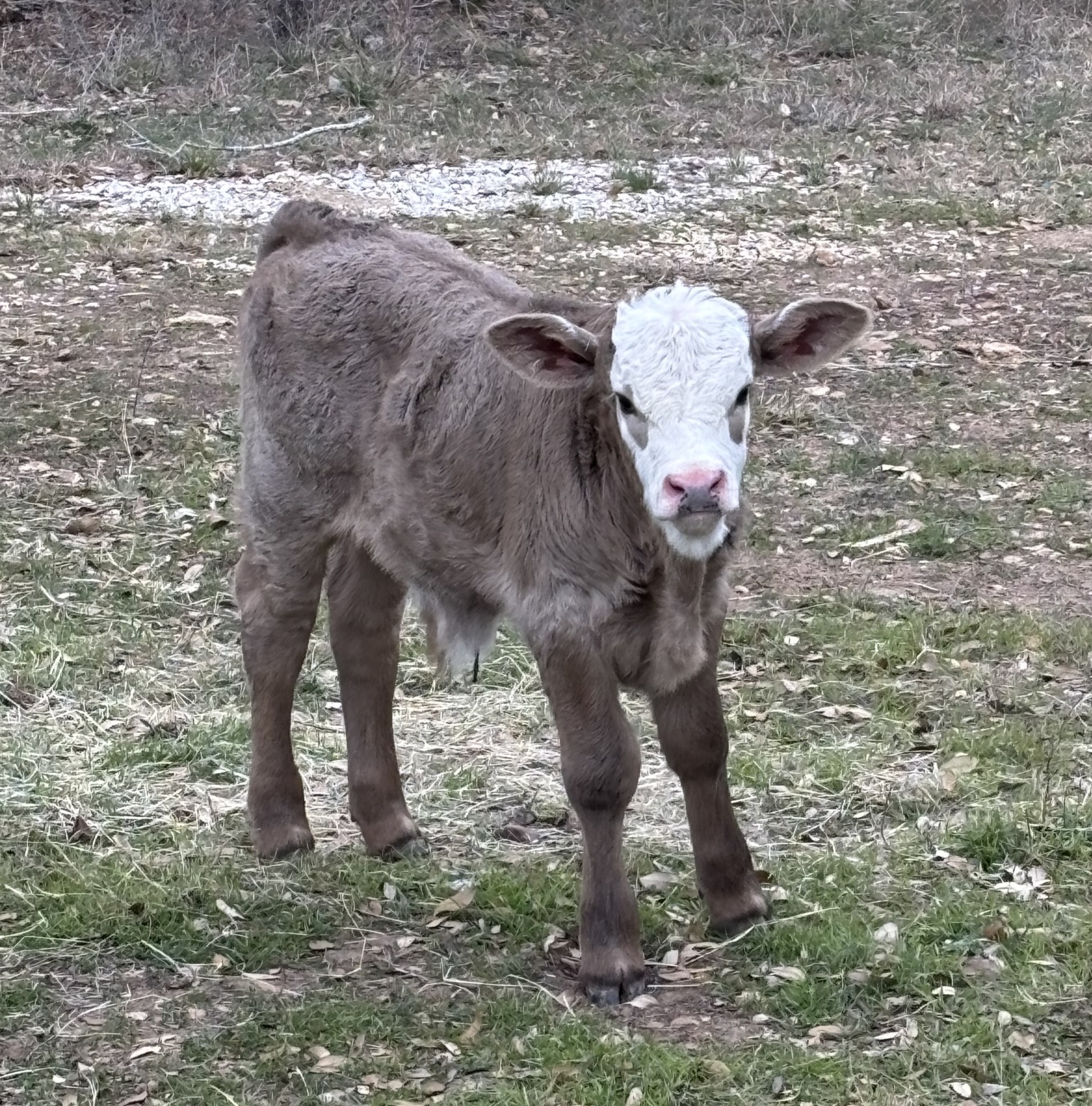Some of the Wildlife Often Seen In River Mountain Ranch
 |  | 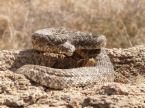 |
| Mountain Lion | Coyote | Rattlesnake |
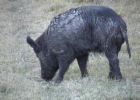 |  | 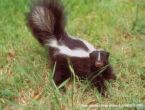 |
| Feral Hog | Armadillo | Skunk |
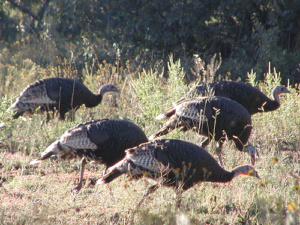 |  |  |
| Wild Turkey | Road Runner | Red Fox |
 | 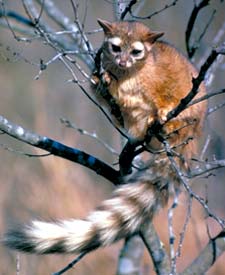 |  |
| Deer | Ringtail Cat | Jack Rabbit |
RMR is a NO SOLICITING Neighborhood
This fact is clearly stated on two separate signs posted along River Mountain Road. The first sign is at the lower entrance off FM3237 and the second one just before our inner gate. These “no soliciting” signs were installed in late 2008 in response to several incidents where people were walking up 1/4 mile driveways and/or going around closed/locked gates to approach the homes while claiming they were selling magazines.
 Our signage clearly warns anyone coming in that Soliciting is not allowed. The exact wording of the signs was, in fact, coordinated by the POA Board with the Hays County District Attorney’s Office since RMR does not have an entry control gate. The POA may, in fact, seek to prosecute flagrant violations of our policy.
Our signage clearly warns anyone coming in that Soliciting is not allowed. The exact wording of the signs was, in fact, coordinated by the POA Board with the Hays County District Attorney’s Office since RMR does not have an entry control gate. The POA may, in fact, seek to prosecute flagrant violations of our policy.
During the last week of July 2010, we again had an individual in our neighborhood that claimed to be soliciting paving jobs. He may have been a legitimate contractor (or not) but, in any case, he was in clear violation of our “No Soliciting” policy. However, we were unable to get any information concerning this individual or his company so that he could be formally notified of his violation of the policy.
Residents are also asked to please notify any contractor doing work for them of the No Soliciting policy. Please contact any Board member if you have any questions regarding this policy.
Animal Control is the Animal Owner’s Responsibility!!
The RMRPOA Board is routinely called regarding pets roaming the neighborhood and this item was a significant area of discussion at many of the last few Annual and Summer POA meetings.
Please note that our covenants state “Any and all animals, including household pets, require appropriate fencing to confine them to their lot.” Furthermore, Hay County law stipulates “Dogs are to be restrained by a leash or fence, unless the owner is on the property and is able to verbally command the animal to stay on his/her property. If the animal is found unrestrained, Hays County Animal Control can either issue a citation to the owner (if the owner is known) or impound the animal at PAWS Animal Shelter in Kyle, Texas.”
All RMR residents are reminded to follow the requirements defined in Hays County Animal Control Ordinance # 20893. A copy of the Ordnance may be viewed or downloaded at this link: Animal Control Ordinance.
If you walk your dog, please keep it on a leash. If you find a dog running loose, or being a nuisance, please do not call the Board. The Hays County Sheriff’s Office contains the County Animal Control Office and may be contacted at 512-393-7896.
If you have a serious incident (if you are attacked by a dog for instance) and you call the Sheriff’s office, requesting that a citation be issued to the owner (if known) will expedite the process of getting restitution from the owner.
Further information regarding Hays County animal control laws can be found at this link: http://www.sheriff.co.hays.tx.us/.
Information Regarding Hypoxylon Canker Fungus
During the recent Summer POA Picnic & Meeting, a question was asked concerning the Hypoxylon Canker Fungus that has been killing some of the oaks in RMR. The information sheet prepared by the Texas Forest Service is provided at this link: Hypoxylon Canker.
Hunting & Violations of RMR Deed Restrictions
Residents are reminded that hunting is NOT PERMITTED on any lot within River Mountain Ranch that is less than 75 acres. The provisions of the Covenants & Restrictions that every RMR property owner agrees to follow at the closing of their property purchase, specifically state in Section A, Land Use, Item # 5 “No hunting shall be permitted on any lot of less than seventy five (75) acres…” This restriction is enforceable regardless of whether a resident has a legal permit to hunt or not.
Concrete Spills on RMR Roads!
Our roads in River Mountain Ranch, particularly River Mountain Road, have experienced an increased number of concrete spills from readymix trucks during the last few years. These spills, if not cleaned up immediately will damage the road surfaces and cost a significant amount of money (taken from our road budget) to repair.
We ask that anyone observing concrete spillage from one of these trucks please observe and record the following:
1) Name of Readymix Supplier (on side of truck)
2) The truck’s “number” and/or the Texas License Plate Number
3) Approximate time of spillage (day, date, time)
4) If possible, note where the truck was heading to, i.e. address of construction site within River Mountain Ranch
5) And, importantly, where spill occurred (name of road, approximate location)
We realize this is a lot of information to process and record but items #1, #2, and #5 are very important. Item #1 is the most important. As soon as you can reach a phone, call our Roads Chair (see Board page for contact information). If you leave a message, please give your name clearly, along with your phone number. If his phone is unavailable then call any other RMR board member and ask them to relay the information to the Roads Chair as soon as possible.
The RMRPOA has written letters to most of the suppliers of readymix operating within RMR and some are better than others in responding (regarding spills and speeding) in a positive manner. Most will work with us if we can let them know specific truck data. They can not prevent all spills, but if we can advise them of which drivers are having problems, then they (readymix suppliers) can reduce the spills to a minimum. We appreciate your help in our efforts to maintain and protect our roads!
Pet Safety Reminder
Pet owner’s are reminded that small pets are very vulnerable to the many different types of predatory wild animals that we have within River Mountain Ranch. Some of the predators include, but are not limited to: coyotes, mountain lions, and hawks. Many of the pets that get lost within RMR and are not recovered may have fallen prey to these predators.
Rabies in Texas
Although Hays County is not affected, this information is provided to the POA membership to highlight which counties in Texas have a significant problem with rabies.
The Texas Department of State Health Services Oral Rabies Vaccination Program airdrop of rabies vaccine to immunize coyotes and gray foxes began on January 7th assisted by Texas AgriLife Extension Wildlife Services, U.S. Department of Agriculture’s Animal and Plant Health Inspection Service, Texas National Guard, U.S. Army Veterinary Laboratory, Dynamic Aviation Group and U.S. Centers for Disease Control and Prevention. The purpose of this program is to continue to prevent reintroduction of rabies carried by coyotes into South Texas and continue efforts to control rabies carried by gray foxes in West-Central Texas to reduce human exposure. Baits will be dropped over portions of 11 South Texas and 30 West-Central Texas counties to immunize coyotes and gray foxes against rabies and reduce the threat of the deadly disease to domestic animals and humans.
Counties affected in South Texas: Cameron, Dimmit, Hidalgo, Jim Hogg, La Salle, Maverick, Starr, Webb, Willacy, Zapata and Zavala.
Counties affected in West-Central Texas: Concho, Crane, Culberson, Ector, Edwards, El Paso, Irion, Jeff Davis, Kerr, Kimble, Kinney, Loving, Mason, McCulloch, Menard, Midland, Pecos, Presidio, Real, Reeves, Regan, San Saba, Schleicher, Sutton, Terrell, Tom Green, Upton, Val Verde, Ward and Winkler.
More information, including project updates, available at: http://www.dshs.state.tx.us/idcu/disease/rabies/orvp/.
Oak Wilt in Texas
Oak wilt, one of the most destructive tree diseases in the United States, is killing oak trees in central Texas at epidemic proportions. Oak wilt is an infectious disease caused by the fungus Ceratocystis fagacearum, which invades and disables the water-conducting system in susceptible trees. For more information please visit this link: Texas Oak Wilt Information Partnership.
Aerobic Septic Systems: Do’s and Don’ts
The following information was taken from an article that was in the Oct 2003 issue of Hometown News & Views. The title was “Aerobic Septic Systems – Don’t Do and Do Do,” by Steven White of American Aerobic Management Systems (AAMS). For more information, you can reach him at 512-847-0757.
“The toilet and your drains are not trashcans. Everything you flush eventually has to be dealt with. The idea is for the bacteria to break it all down and disperse something useful onto your lawn.”
-
“If it is not biodegradable it cannot be broken down. Do not allow any inorganic materials such as plastics, feminine hygiene products, cigarette butts, and Q-tips. Do not pour grease, coffee grounds, cooking oil, paint or chemicals that are designed to kill bacteria.”
-
“Garbage disposal use should be kept at a minimum because undigested food is very slow to degrade. Water softener backwash should be reouted away from the system. Disinfectants such as Pine-Sol, Lysol and bleach may be some of the best cleaners around, but they will also clean out the beneficial bacteria in your septic system and that is not good. So be frugal with these products.”
-
“Most residential systems are designed to treat 500 gallons per day. That means over a 24 hour period, not just the daylight hours. If you introduce too much water into the system the aerobic tank will not have time to treat the effluent completely and partially treated water will pass to the pump tank, which will be dispersed over your yard with an unpleasant odor.”
-
“Make sure you don’t have any leaky toilets or faucets. Spread your laundry loads throughout the week. Liquid detergent is preferred over powdered. Fabric softener sheets are preferred over liquid types. Non-chlorinated biodegradable cleaners are preferred over antibacterial types. There is no need for additives like Rid-X. Most manufacturers advise against them.”
Dealing with the Silkworms
You may have other solutions, but one that seems to work is a product called “BT”. It’s available at several places including home stores such as Home Depot and Lowe’s.
One resident offered the following to deal with the worms:
“Another solution that has been offered instead of spraying is to release Trichogramma wasps in January or February. These tiny, non-stinging, non-invasive wasps parasitize the eggs of the oak tree pest BEFORE they turn into “The Worm.” Information on the worms and solutions can be found at the following links:
Regarding BT (from the Natural Gardner)
http://naturalgardeneraustin.com/information/tips/april.html
From Real Green Lawns http://www.realgreenlawns.com/austin_tx_texas/oakworms.htm
From the Texas Agricultural Extension at Texas A& M University
http://insects.tamu.edu/extension/bulletins/uc/uc-021.html
Emergency Access to/from RMR
The Hays County Sheriff’s Department and the Wimberley Fire Department will keep us informed as to what the residents of River Mountain Ranch should do In the event of an emergency, such as a bad accident on RIver Mountain Road (that keeps the road blocked for several hours) or in the event of a wildfire. Our main entry road is the desired egress route from the subdivision, however, there are two emergency exits that could be used:
- White Wings – through the gate past the landing strip to Red Hawk Road
- The Morales’ property – through the gate on the right side of lower end of Water Park Road past Hidden Creek, go across the low water crossing (Lone Man Creek) to Red Hawk Road
Lyme Disease
Some of our residents have been diagnosed with Lyme Disease. As word gets around, folks have expressed curiosity about what it is. Lots of info on this topic can be found at: http://www.texaslyme.org/.
Identification of Hazardous/Dead Trees in or near the PEC Utility Easement
A short but true story from one of our residents:
In my Feb PEC bill there was a flyer that basically said “Don’t Touch That Tree!!” my neighbor and I had planned to cut down a dead tree on the PEC easement near the road. So, I called PEC and explained that there was a dead tree on their easement that I had planned to cut down but, since their flyer said not to, I was calling to see if they thought it a hazard enough for PEC to cut it down. The very polite lady I spoke to said they would send someone out to see if it was a potential danger to their pole or line. If it was, PEC would take it out at their expense. A man came out and I pointed out the tree. He said he suspected that was the one I called about but wanted to make sure. A few days later a two (2) man Asplundh crew came out and spent the day cutting down the tree, feeding the branches to a large shredder to haul away, and leaving me with the firewood.
There are several trees in RMR that could be a threat to electrical service during high winds in the spring and summer or during an ice storm in the winter. The same trees could spark a fire at the wrong time of the year. They seem to fall into three categories:
1. Trees like mine that are on my property but within the PEC easement.
2. Trees that are on someone’s property and within the PEC easement but the lot is currently not occupied. In this case, probably the owner is not going to call PEC.
3. Trees that are on RMR property (e.g., along a road) but are too close to the PEC lines or poles.
The POA Board has already had several trees taken down that weren’t in the PEC utility easement but were a hazard to falling on our roads. We are continuing to identify other trees that present a hazard and we will take action to identify those that are in the utility easement along our roads. We ask that all of our residents and property owners take a look around their property and identify those trees that present a hazard to the PEC power lines and/or lie within their easement. Once identified, please contact the local PEC office to arrange for them to come out and inspect the tree(s) to determine if they will remove them.http://www.pec.coop/Home/LocalInvolvement/PowerandSafety/TreeCare.aspx
Mosquitoes
Mosquitoes are know vectors for the viruses that cause Zika, West Nile, and Chikungunya. The Texas Department of Health in conjunction with the CDC is urging Texas residents to take measures to reduce mosquitoes populations. During the warmer part of the year and especially after rain, please be sure to check around your home to empty all cache pots or other containers that might hold water in order to prevent the growth of mosquitoes.
